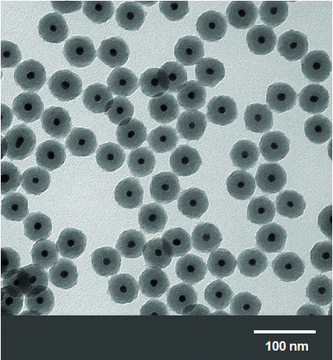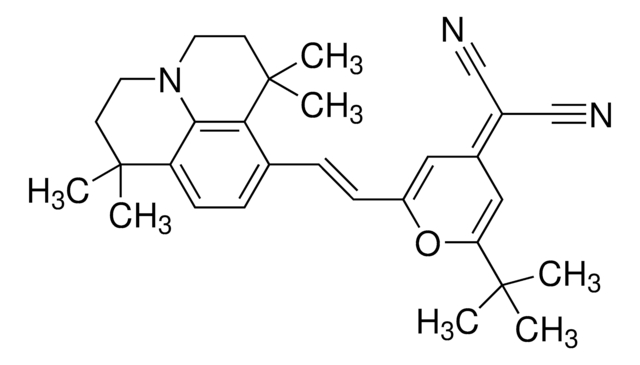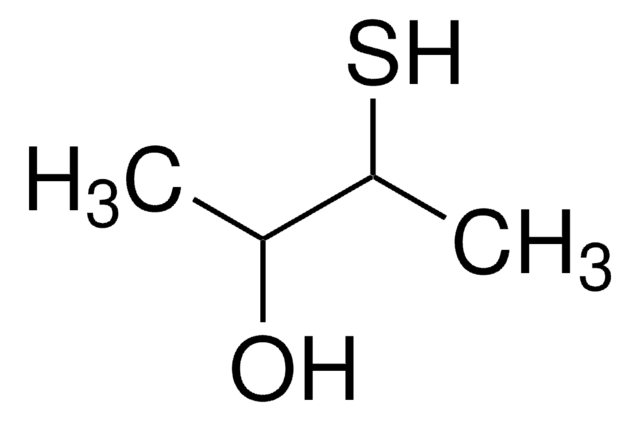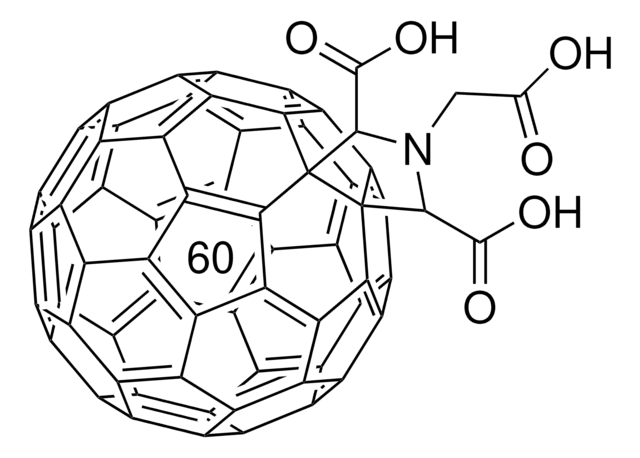About This Item
推荐产品
方案
98%
表单
powder or crystals
mp
303-308 °C
λmax
308 nm in dichloromethane
半导体性质
P-type (mobility=8×10−5 cm2/V·s)
SMILES字符串
c1ccc(cc1)-c2c3cc4ccccc4cc3c(-c5ccccc5)c6cc7ccccc7cc26
InChI
1S/C34H22/c1-3-11-23(12-4-1)33-29-19-25-15-7-9-17-27(25)21-31(29)34(24-13-5-2-6-14-24)32-22-28-18-10-8-16-26(28)20-30(32)33/h1-22H
InChI key
PFCSVQKCECNEAZ-UHFFFAOYSA-N
一般描述
应用
- Used as a small molecule electron donor or p-type semiconductor in solution processed organic solar cells.
- Used as a red emitting dopant in organic light emitting diodes (OLEDs).
- Used as a high mobility charge transport material in organic thin film transistors (OTFTs).
商品
Intrinsically stretchable active layers for organic field-effect transistors (OFET) are discussed. Polymer structural modification & post-polymerization modifications are 2 methods to achieve this.
Solution-processed organic photovoltaic devices (OPVs) have emerged as a promising clean energy generating technology due to their ease of fabrication, potential to enable low-cost manufacturing via printing or coating techniques, and ability to be incorporated onto light weight, flexible substrates.
Thin, lightweight, and flexible electronic devices meet widespread demand for scalable, portable, and robust technology.
我们的科学家团队拥有各种研究领域经验,包括生命科学、材料科学、化学合成、色谱、分析及许多其他领域.
联系技术服务部门




![[6,6]-苯基-C61丁酸辛酯 ≥99%](/deepweb/assets/sigmaaldrich/product/structures/225/947/7fbc4c57-df78-4353-a583-815c922f2f9b/640/7fbc4c57-df78-4353-a583-815c922f2f9b.png)


